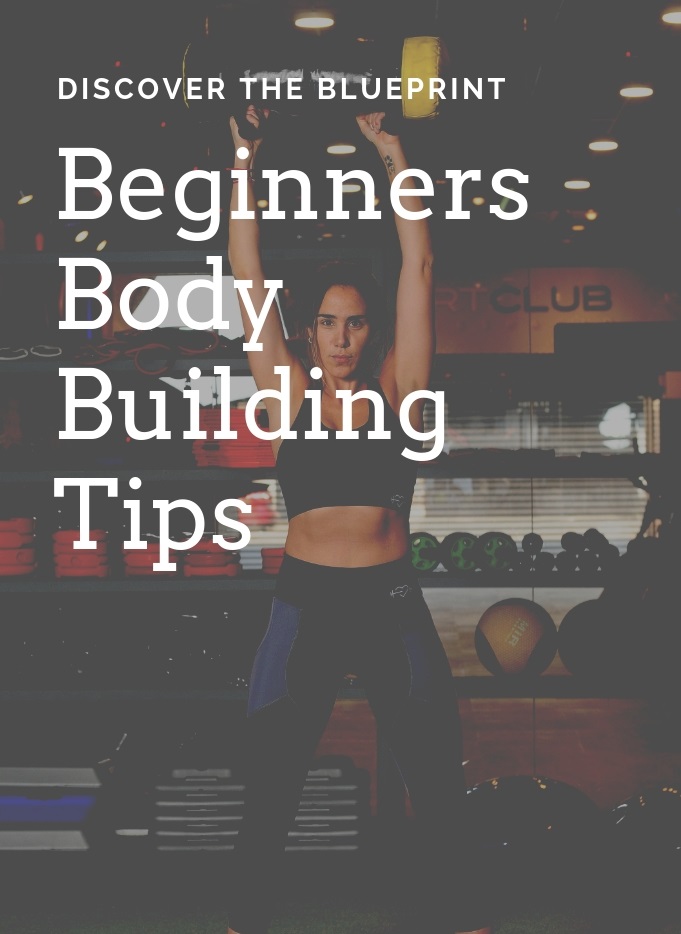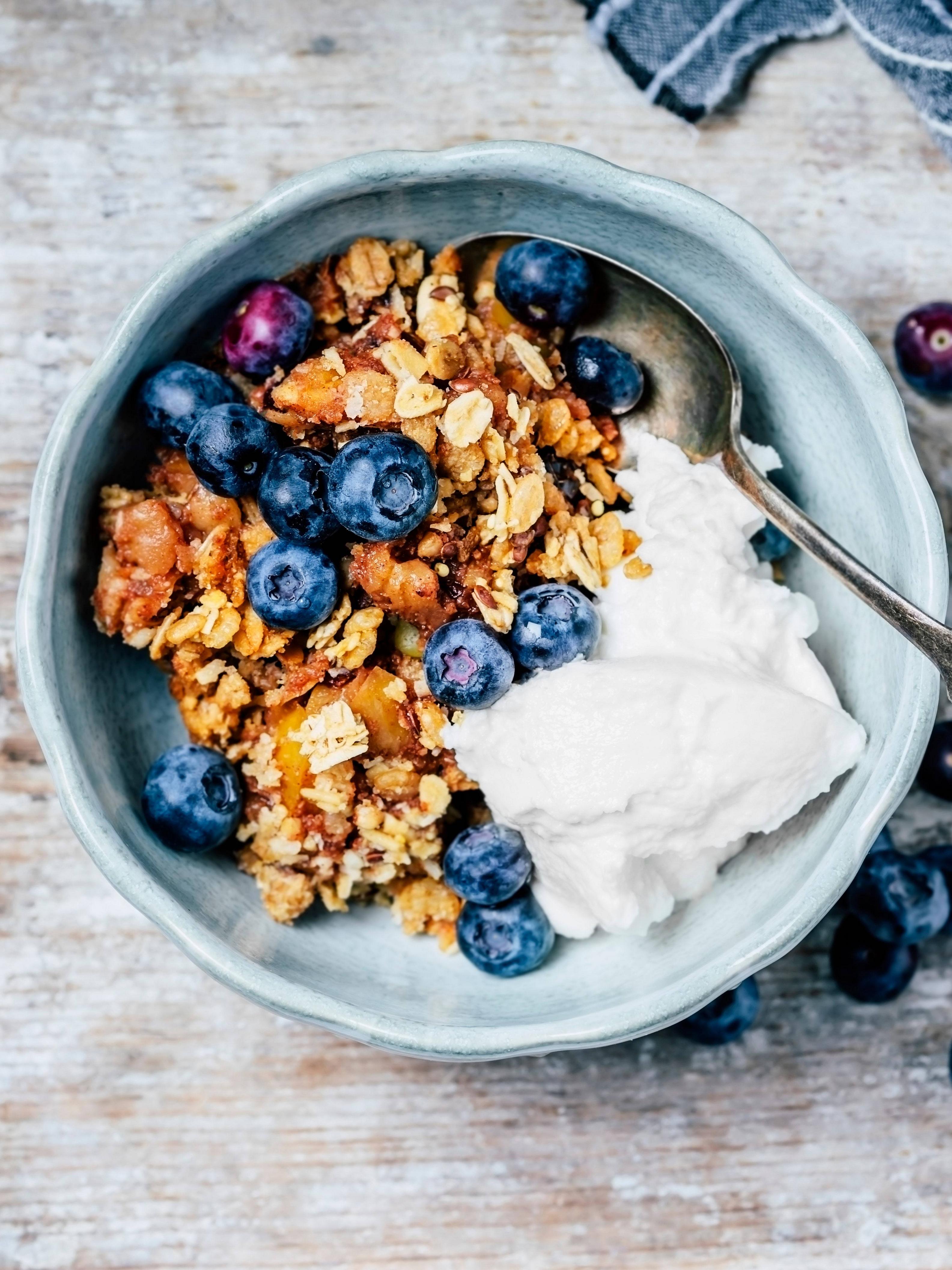
Many people begin a new exercise routine without learning how to avoid injury. There are many methods to avoid injury and lower the risk of injury while exercising. Warming up before you begin any workout is very important, as this will ensure your muscles and surrounding tissue are receiving the right amount of blood and nutrients. If you don't warm up before you start your workout, you run the risk of straining or even torn muscles. Light cardio to improve circulation is a great warm-up routine.
You can prevent injury from exercising by strengthening and stretching your muscles. Avoid high-impact plantations, as they can strain your feet. Avoid such risks by choosing exercises that have low impact or zero impact. This will reduce the likelihood of you getting injured while working out. However, if you do suffer an injury during exercise, there are some simple ways to minimize the damage to your body.

Always ensure that your muscles are warm before beginning any exercise routine. Cold muscles are more susceptible to tears than warm. Before you begin an exercise program, it is essential to stretch. Dynamic stretching should be done during this time. If you are unsure of how to stretch, ask a trainer for help or consult a doctor. If you haven't done so before, don't assume you're doing everything right.
Don't hold your breath during an exercise routine. It is important to take a deep breath during the exertion phase, and exhale in the recovery stage. It is essential to maintain control over your weight at all costs. Never throw or use momentum in order to swing a pound. For injury prevention, it is important to keep good form when working out. If you don't have a flexible, strong back or a weak neck, you're risking a stress injury. It is important to only lift weights that are within your strength.
Proper technique during a workout is crucial. You may lift a few kilograms if you're just starting weight training. However, it is important to increase the weight gradually. The best way to prevent injury is to use the correct equipment. To get the best results, it is important to consult a therapist before starting any exercise program. A physical therapist can help you choose the right exercises to do and how to get back to your best after an injury.

Altering the exercises you do can help to prevent injury. You can increase your muscle mass by doing different types. It's possible to build more muscle by changing your workout routines. If you struggle to get started in a new sport, a gym membership may be a good option. It allows you the flexibility to change up your daily workouts. For instance, you could run in the weight room.
FAQ
What is the difference in calorie and kilocalories?
Calories are units that measure how much food has energy. The unit of measurement is called a calorie. One calorie contains the energy needed to raise the temperature of one gram of water by one degree Celsius.
Kilocalories is another name for calories. Kilocalories are expressed in thousandths (or a calorie). 1000 calories is one kilocalorie.
These are the 7 secrets to a healthy life.
-
You should eat right
-
Exercise regularly
-
Rest well
-
Get plenty of water.
-
Get enough sleep
-
Happy!
-
Smile often
Supplements and herbs can improve immunity
Natural remedies and herbs can be used to increase immune function. Examples include ginger, garlic and oregano oils, echinacea, vitamin C, ginkgo loba, and echinacea.
These herbs should not be considered as a substitute for conventional medical treatment. Side effects include nausea, diarrhea and stomach cramps, headaches and dizziness.
Do I need calories to count?
You might be asking "What is the best diet?" or "is counting calories necessary?" This depends on your health and lifestyle.
The Best Diet for me - Which One Is Right for You?
My personal health, goals and preferences as well as my lifestyle determine which diet is best for me. There are many options, both good and bad. Some work well for certain people while others don't. So what should I do? How do I make the right decision?
These are the questions that this article attempts to answer. It begins with an overview of the different diets today. Then, the pros and cons of each type of diet are discussed. The final step is to determine which one is right for you.
To begin, let's take a quick look at the different types of diets.
Diet Types
There are three types of diets available: ketogenic, high-protein, and low fat. Let's take a look at them all below.
Low Fat Diets
A low fat diet is a diet that restricts the amount of fats consumed. This is done through reducing the intake of saturated fats (butter, cream cheese, etc.) You can replace them with unsaturated oils (olive oil and avocados) People who are looking to lose weight quickly and easily will benefit from a low-fat diet. This kind of diet could cause problems like constipation or heartburn and indigestion. Vitamin deficiencies can also occur if the person doesn't get enough vitamins through their diet.
High Protein Diets
High protein diets discourage carbohydrates and encourage the use of proteins. These diets often have higher levels of protein than most other diets. These diets are meant to increase muscle mass, and burn more calories. However, they might not provide enough nutrition for those who need to eat frequently. They are also very restrictive, so they might not be appropriate for everyone.
Ketogenic Diets
Also known as keto diets, ketogenic diets are also called keto diets. They are high on fat but low in carbs and proteins. They are typically used by athletes and bodybuilders because they allow them to train harder and longer without getting tired. To avoid side effects such as fatigue, nausea, headaches, or other unpleasant side effects, you must strictly adhere to their instructions.
Statistics
- The Dietary Guidelines for Americans recommend keeping added sugar intake below 10% of your daily calorie intake, while the World Health Organization recommends slashing added sugars to 5% or less of your daily calories for optimal health (59Trusted (healthline.com)
- WHO recommends consuming less than 5% of total energy intake for additional health benefits. (who.int)
- According to the 2020 Dietary Guidelines for Americans, a balanced diet high in fruits and vegetables, lean protein, low-fat dairy and whole grains is needed for optimal energy. (mayoclinichealthsystem.org)
- This article received 11 testimonials and 86% of readers who voted found it helpful, earning it our reader-approved status. (wikihow.com)
External Links
How To
How to Live a Healthful Lifestyle
A healthy lifestyle is one that allows you to maintain your weight, your health, and your fitness. Healthy living is a lifestyle that involves eating healthy, exercising regularly and avoiding drugs, alcohol, nicotine, and tobacco. A healthy lifestyle helps you stay fit and feel good about yourself. A healthy lifestyle can help reduce your risk of developing chronic diseases such as heart disease, strokes, diabetes, cancer and osteoporosis.
The primary goal of this project was provide a step to help people live a healthier lifestyle. The introduction of the project was the first. This describes what a healthy lifestyle looks like, why it is important, and who it is. Then, I wrote the body paragraphs, which consist of different tips on how to keep a healthy lifestyle. The conclusion summarizes the article and offers additional resources if necessary.
I was able to learn how concisely and clearly I could write my paragraphs through this assignment. I also learned how topic sentences and supporting details can be organized. Furthermore, I was able to improve my research skills by being able to identify specific sources and correctly cite them. Lastly, I gained knowledge on how to use proper grammar when writing.